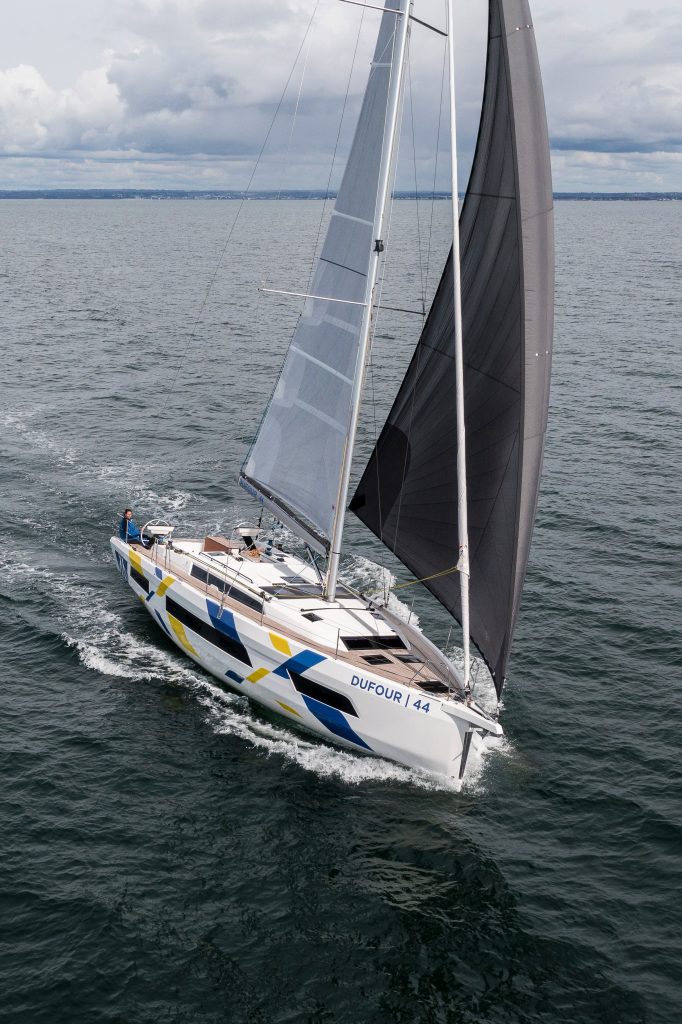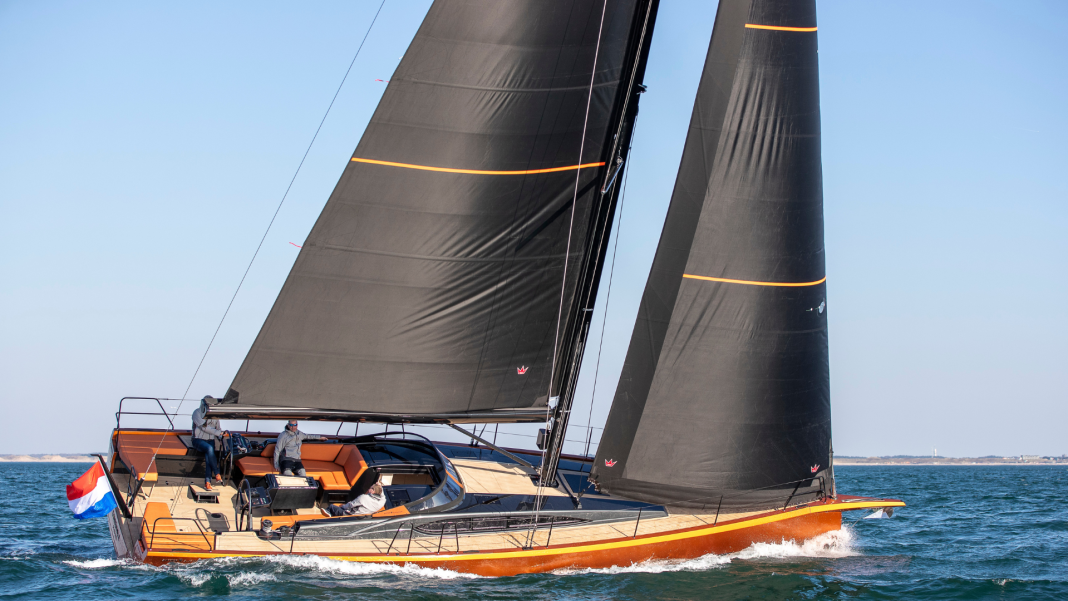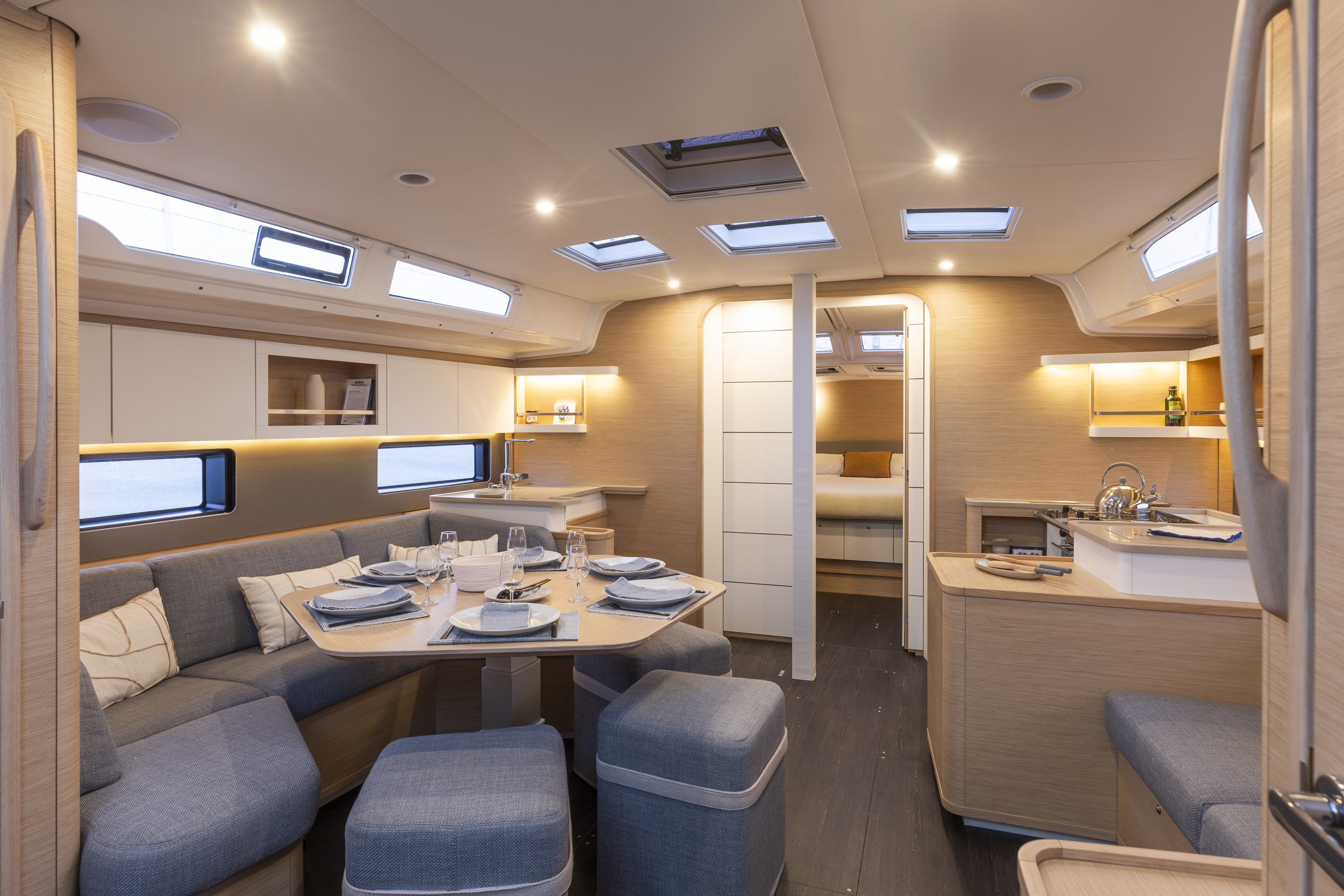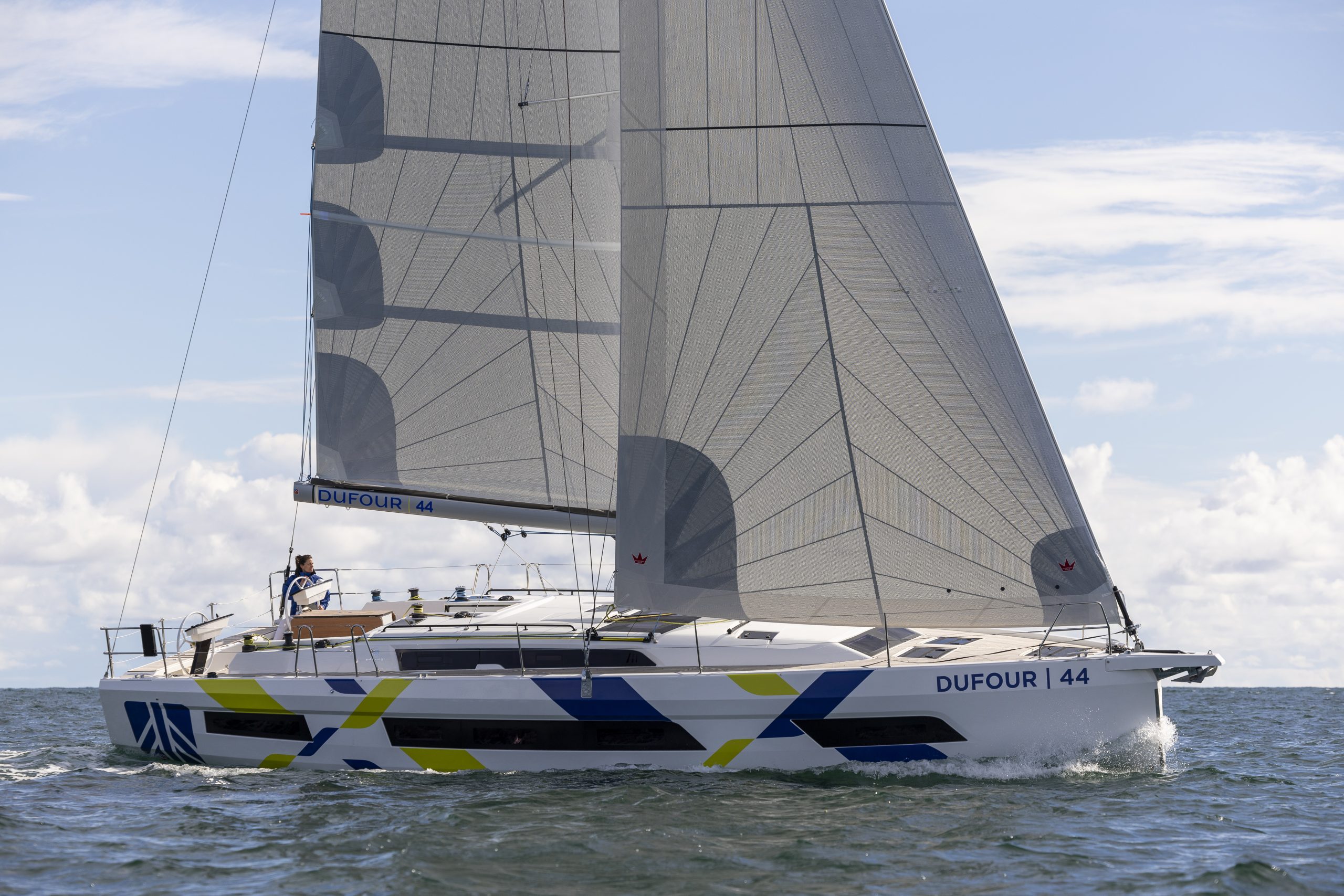Costly and luxurious, sailing yachts carry an exclusive image. Yet, sailing is accessible to just about anyone. Whether you’re dreaming of a yacht several dozen metres long or a comfortable sailboat for cruising the Atlantic coast, there’s something for every budget.
In everyday life, Peter Janssens is a startup entrepreneur and investor. He founded the software company iController and sold it in 2021 for nearly €50 million. After that, he became an investor through his fund, Big Pony Ventures. But in his free time, you’ll find him at the marina in Palma de Mallorca, where his twenty-metre-long sailing yacht is docked.
“It was always a dream to own a yacht like this,” Janssens says. “To me, sailing means adventure. You can go anywhere without being dependent on anyone. And the Mediterranean is a stunning region to sail in. We take family trips there, but also join races.”
Sailing is a popular pastime among entrepreneurs like Janssens—but it’s not just for them. Owning a sailing yacht sparks the imagination, but it’s far from being reserved for the ultra-rich. So how does it work? Do you have to sell a business for €50 million to afford one?
€220,000 For Cheapest New Model
In the port of Nieuwpoort, there’s a company that helps people figure this out. Westdiep Yachting sells yachts from various brands, handles maintenance and storage, and offers sailing supplies.
“Most of our customers meet us at trade shows,” says Axel De Cock, CEO of Westdiep. “From La Rochelle to Cannes. Then we draw up a quote. It often seems high at first—our cheapest new model costs €220,000—but in practice, we can tailor it to the customer’s budget. We also broker the purchase of second-hand yachts.”
Sailing yacht prices can vary tremendously. In some cases, you can even find used boats for free—though they usually need major repairs. For a seaworthy vessel, you’ll generally need to spend at least €5,000. “My first sailboat cost €7,500,” says De Cock. “But we also sell much more expensive models. Our priciest yacht costs €10 million. It’s 88 feet long, or just over 26 metres. The people who buy those are the Marc Couckes of the world. Bigger boats like that are more common in the Mediterranean, not Nieuwpoort.”
“Anyone who loves sailing has the opportunity to buy a yacht, whether it’s new or second-hand”
So it’s not just top entrepreneurs who buy yachts. Westdiep sees a wide range of clients. “Our customer base is very diverse,” says De Cock. “Last year, we sold a beautiful yacht to a gym teacher who’s about to retire. But we also work with major entrepreneurs who’ve sold their companies. Anyone who loves sailing can buy a yacht, whether it’s new or used.”
Money isn’t the only factor in getting the most out of a yacht. “I think time is more important than money,” says De Cock. “If you don’t have much time, it doesn’t matter how big your budget is. We recently sold a smaller boat to a CEO of a big company. He had a large yacht but didn’t have the time to sail it. So he bought a daysailer instead—a smaller yacht without sleeping quarters.”
Cheaper Than Camping
After the purchase, you also have to consider insurance, maintenance, and storage. You need to know what you’re doing before buying a yacht. “You should know how to sail before you buy one,” says Maarten Desloovere, CEO of the Flemish Marina Nieuwpoort. “That skill is often passed down in families, or you can take lessons.”
“Sometimes it’s cheaper to dock at a marina than pitch a tent at a campsite”
Most owners use their yachts for vacations or day trips. “Once you own a yacht, sailing becomes a very democratic way to travel,” Desloovere explains. “It’s sometimes cheaper to dock at a marina than to camp. In Nieuwpoort, prices range from €25 to €45 per night, depending on the size of your boat. Prices are similar in the Netherlands and along France’s Atlantic coast. England, on the other hand, is about twice as expensive.”
Sailing yachts offer a unique way to travel—that’s their biggest advantage. “What makes a sailing yacht special is that once you leave, you can’t just turn back right away,” says Desloovere. “It’s not a fast way to travel. Once you’re at sea, you feel the rawness and adventure. You can only focus on sailing. You return home deeply relaxed.”
That’s especially attractive to people with busy schedules. At sea, you can’t constantly check your emails. “Many of our clients are entrepreneurs,” Desloovere continues. “Often they just want to get away from business and fully disconnect. You constantly have to monitor the boat and adjust the sails. There’s no time to stress about your company. And entrepreneurs usually enjoy the adventure and independence.”
Superyachts
In the public eye, superyachts are becoming increasingly visible. These are large luxury vessels, often over 40 metres long, operated by a crew. You won’t find many of them in this part of the world. “Our climate isn’t suitable for superyachts,” says Desloovere. “The sea is too rough. You’ll mostly find them in the Mediterranean or parts of the US.”
“Boats used to feel like basements you crawled into. Now they have windows everywhere and stylish interiors”
While Belgium may not have many superyachts, the yachts here are definitely getting bigger. “Every year we see larger models,” says De Cock. “When I was younger, a 28-foot yacht [approx. 8.5 metres] was considered large. Now that’s the smallest size on the water. It reflects a desire for comfort. Boats used to feel like basements you crawled into. Now they have windows everywhere and a cozy interior.”
“The boats are definitely getting bigger,” confirms Desloovere. “They’re growing in length and width. Newer models focus more on comfort and luxury. We see that in the harbour as well—smaller berths are increasingly underused, while larger ones are in high demand.”
Belgian yacht owners can be found outside the country too. People like Peter Janssens, for example, choose the Mediterranean. “If you have to choose between crystal-clear water and the North Sea, it’s an easy choice for me,” he laughs. “Of course, there are beautiful places here too—I’m thinking of the English coast—but the Mediterranean appeals to me more.”
That region comes with its own challenges. “Finding a berth is tricky in the Mediterranean,” says Janssens. “My yacht is in Palma now. But demand is high, so it takes time to secure a spot. Finding a yacht, on the other hand, is relatively easy. There are plenty of brokers who can help you quickly.”
In the meantime, Janssens is looking forward to more sailing vacations in the region. “Sailing is adventurous,” he says. “You really have to do it as a team. It’s hard to operate a yacht of this size on your own—especially in a race. That’s what I enjoy about it. It’s similar to entrepreneurship—you need everyone aligned behind one goal. This summer, we’ve already planned a trip past Corsica, Capri, and Sicily. It’ll be a great route. And we’re preparing for the next race.”

Read more articles:
Reinventing Plant-Based Gastronomy
World’s 10 Highest-Paid Athletes 2024
The Ultimate Spots For A Sophisticated Business Lunch In Luxembourg



